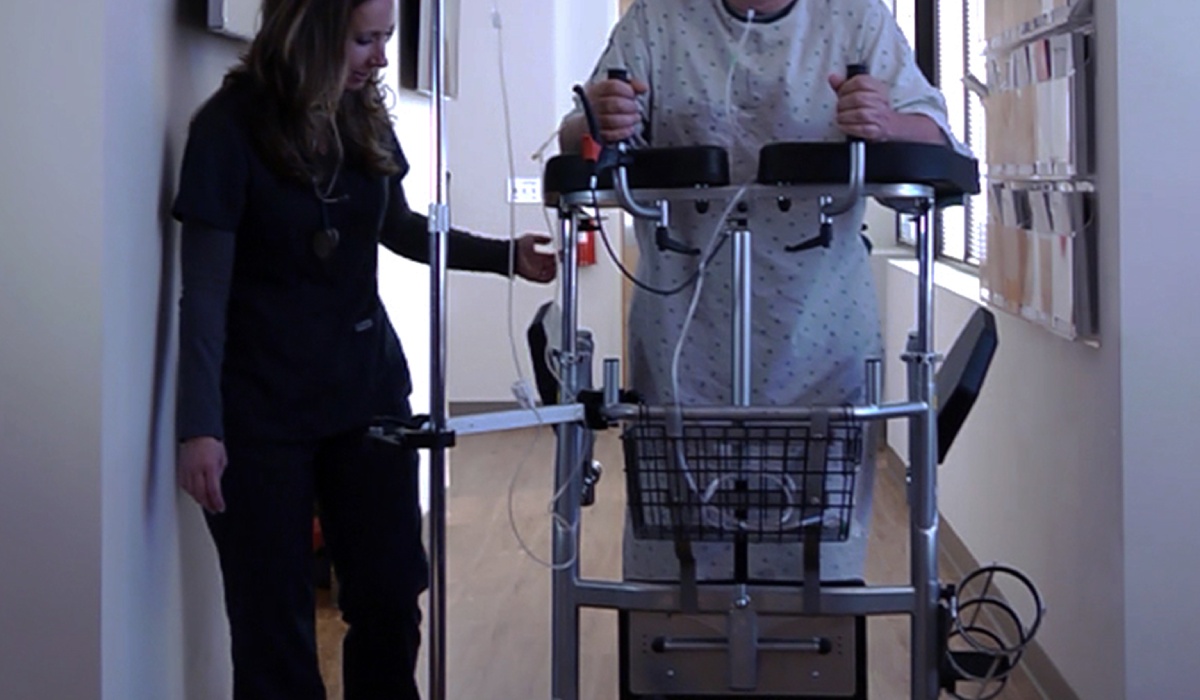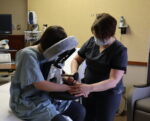Medically speaking, early patient mobility means mobilizing or getting a patient out of bed within hours of their intensive care stay in a hospital. And there are several reasons why this is of utmost importance, notes an evidence based study from the Johns Hopkins University School of Medicine. In that study, researchers revealed that early mobility reduces a patient’s chances of suffering from muscle weakness and delirium, which are both, unfortunately, quite common among bedridden patients.
But reducing the risk of muscle weakness and delirium are not the only benefits that come from getting patients up and out of bed as soon as possible. In a separate study published jointly by the National Library of Medicine and the National Institutes of Health, researchers found that hospital patients who spend less time confined to their hospital beds are less likely to encounter the following health problems:
- Decubitus ulcers
- Various blood clots, including deep vein thrombosis
- Pneumonia
- Urinary tract infections (UTIs)
The Agency for Healthcare Research and Quality (AHRQ) Weighs in on the Benefits of Early Patient Mobility
The Agency for Healthcare Research and Quality, one of twelve agencies within the U.S. Department of Health and Human Services, found that early patient mobility in mechanically ventilated patients can lead to shorter hospital and intensive care unit (ICU) stays. The same was said to apply to lowering a patient’s chances of suffering from the following:
- Sleeping disorders
- Nutritional deficiencies
- Mobility issues, such as weak bones, weak muscles, and stiff joints
Why More Hospitals Are Using Safe Patient Handling Programs to Ambulate Bedridden Patients
Although hospital medical teams can position and reposition patients as needed for medical treatments, doing so is hardly efficient. Further, multiple studies show it puts medical teams at risk of suffering overexertion-related musculoskeletal disorders. Available data shows these disorders, which can cause severe back, neck, shoulder, arm, and leg pain, contributed to more than 8,700 missed work days among hospital medical teams in 2016. To improve efficiency and keep patients and hospital medical teams safe, many hospitals have implemented safe patient-handling programs to help mobilize bedridden patients.
What Is a Safe Patient Handling Program?
Succinctly put, a safe patient handling program is a program that comprises extensive training and assistive devices that help medical teams safely and efficiently lift, move, support, reposition, and ambulate patients. One assistive device many hospitals use today to keep their medical teams and patients safe is the RoWalker from SPH Medical. For those who have never seen one, a RoWalker is a fully adjustable platform walker that aids medical teams in freeing patients from the beds that confine them and helping to get them up and standing, taking first steps, and then walking around the unit as they progress functionally. The device also has armrests and handlebars, which help with ergonomics and overall comfort. But it does not end there in terms of what it offers patients and medical teams.
What Hospitals Are Saying About the SPH Medical RoWalker
Several studies show hospitals are beyond happy with the SPH Medical RoWalker. The reason for that supreme elation partly stems from the fact that the SPH Medical RoWalker, designed based on recommendations from leading cardio-thoracic surgeons, physical therapists, and respiratory therapists, can support patients weighing up to 400 pounds. That means patient-handling tasks require fewer medical teams; as such, those team members are free to participate in other activities that are also critical to that patient’s overall care. Many hospitals also like how the RoWalker can carry many of the things that most hospital patients need as they move away from bedside and walk down the hallway, some of which include
- An oxygen tank
- Drainage bags
- An IV pole
- A small cardiac monitor
Indeed, the benefits of implementing a safe patient-handling program in a hospital are plenty. And that applies to hospital teams and patients alike. To learn more about RoWalker and other devices that go hand in hand with a safe patient-handling program, consider speaking with an SPH Medical associate today.


